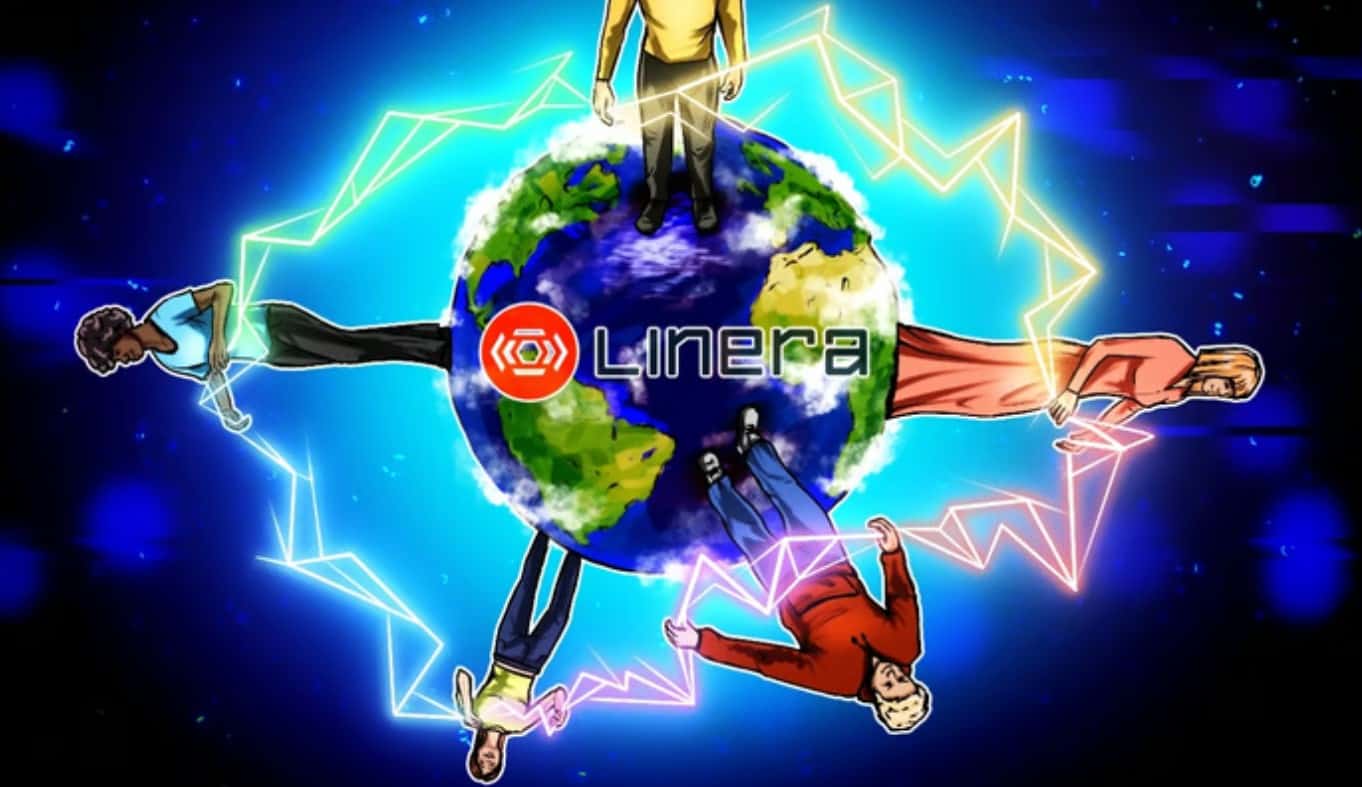
Linera is a blockchain that provides advanced scalability through its signature microchain technology.
While blockchain technology promises true decentralization, very few networks today can achieve it without sacrificing speed. Many platforms struggle to scale, leading to slow transaction processing and high fees, while others rely on centralized components to maintain performance.
These compromises undermine the core principles of decentralization, creating bottlenecks and limiting the potential for widespread adoption. Efforts to solve these issues with layer-1 and layer-2 solutions have often traded security or decentralization for speed, leaving the industry stuck between competing priorities. The challenge remains to build a blockchain that can deliver both true decentralization and high-speed performance.
The real-time blockchain
App chains, while promising, aren’t delivering on the vision of true decentralization without compromise.
Linera recognizes that not all blockspace is created equal and is focused on delivering high-quality blockspace built for scalability and performance. As part of Meta’s Novi team, Linera’s founder, Mathieu Baudet, took the opportunity to conceive of Linera in order to build an infrastructure that delivers the efficiency and performance taken for granted in Web2. Not being content with the status quo, Linera is committed to redefining what blockchain can be. Linera aims to break the mold with its innovative approach to user chains.
Unlike traditional blockchain infrastructures that rely on a single and monolithic chain, Linera rests upon microchains — small, side chains that run in parallel. Linera’s microchains are like individual lanes on a multi-lane highway, each dedicated to handling its own traffic.
As more lanes are added, cars (or transactions) can flow freely without congestion, ensuring smooth and instant arrivals at their destination. This makes it ideal for the high-speed demands of Web3 applications such as gaming, AI, and financial transactions.

Linera has announced the launch of it’s long-awaited testnet which will unveil the full potential of microchains. In addition to being lightweight, microchains share a single set of validators, thus have the same level of maximum security. This shared model enables efficient cross-chain communication and further enhances the scalability of the ecosystem. In the future, the testnet will also see the launch of a web wallet browser extension and a network token faucet, which will allow users to engage directly with the Linera ecosystem in real time.
ZK tech integration
The ecosystem continues to flourish with new partners. Linera has collaborated with Argument.xyz and integrated Lurk zkVM, a zero-knowledge (ZK) proof technology, into its platform. ZK is a cryptographic proof that makes it possible to prove a claim without disclosing it.
Its integration opens up a new realm of possibilities for developers working on privacy-focused applications. Developers will be able to deploy state-of-the-art ZK applications on the platform with advanced security. ZK integration will also enhance interoperability with other blockchains.
“At Linera, our vision is to fulfill the promise of Web3 by enabling real-time decentralized interactions to scale seamlessly with user demand,” said Mathieu Baudet, the founder and CEO of Linera, adding: “We believe that Web3 should offer the same speed and accessibility as Web2 but with the added tenets of decentralization, security and user ownership.”
Linera’s microchain architecture paves the way for more scalable, efficient and user-controlled applications, according to Baudet. “We see a future where Web3 is not only mainstream but is powered by infrastructure that is as agile and scalable as the internet itself.”
With the testnet launch, strategic partnerships and ecosystem developers, Linera is poised to bring Web2 standards to Web3 and lead the next wave of blockchain innovation.
